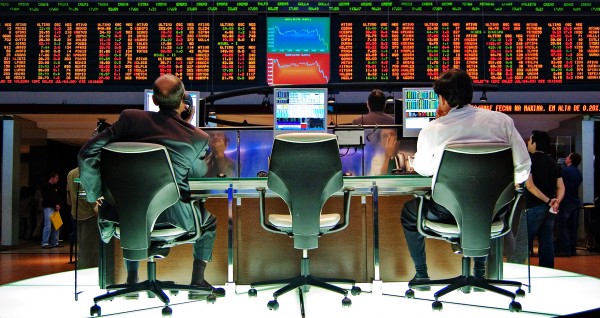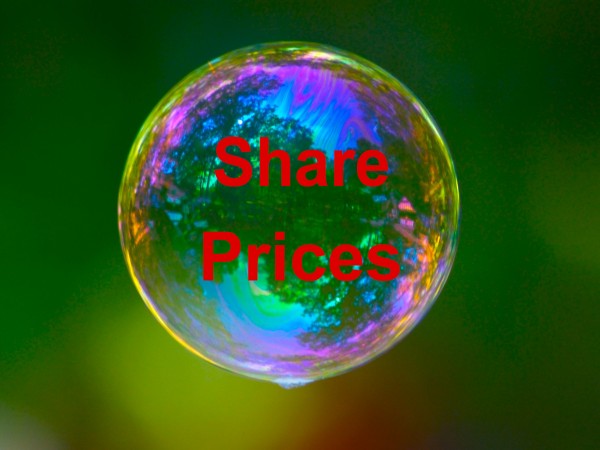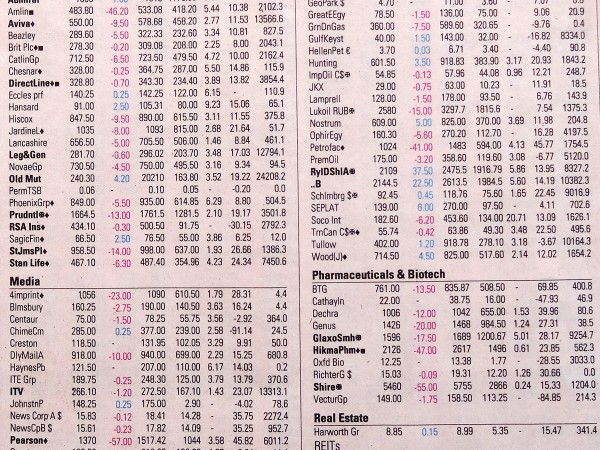Irrational exuberance
 Both the financial and goods markets are heavily influenced by sentiment. And such sentiment tends to be self-reinforcing. If consumers and investors are pessimistic, they will not spend and not invest. The economy declines and this further worsens sentiment and further discourages consumption and investment. Banks become less willing to lend and stock markets fall. The falling stock markets discourage people from buying shares and so share prices fall further. The despondency becomes irrational and greatly exaggerates economic fundamentals.
Both the financial and goods markets are heavily influenced by sentiment. And such sentiment tends to be self-reinforcing. If consumers and investors are pessimistic, they will not spend and not invest. The economy declines and this further worsens sentiment and further discourages consumption and investment. Banks become less willing to lend and stock markets fall. The falling stock markets discourage people from buying shares and so share prices fall further. The despondency becomes irrational and greatly exaggerates economic fundamentals.
This same irrationality applies in a boom. Here it becomes irrational exuberance. A boom encourages confidence and stimulates consumer spending and investment. This further stimulates the boom via the multiplier and accelerator and further inspires confidence. Banks are more willing to lend, which further feeds the expansion. Stock markets soar and destabilising speculation further pushes up share prices. There is a stock market bubble.
 But bubbles burst. The question is whether the current global stock market boom, with share prices reaching record levels, represents a bubble. One indicator is the price/earnings (PE) ratio of shares. This is the ratio of share prices to earnings per share. Currently the ratio for the US index, S&P 500, is just over 26. This compares with a mean over the past 147 years of 15.64. The current ratio is the third highest after the peaks of the early 2000s and 2008/9.
But bubbles burst. The question is whether the current global stock market boom, with share prices reaching record levels, represents a bubble. One indicator is the price/earnings (PE) ratio of shares. This is the ratio of share prices to earnings per share. Currently the ratio for the US index, S&P 500, is just over 26. This compares with a mean over the past 147 years of 15.64. The current ratio is the third highest after the peaks of the early 2000s and 2008/9.
An alternative measure of the PE ratio is the Shiller PE ratio (see also). This is named after Robert Shiller, who wrote the book Irrational Exuberance. Unlike conventional PE ratios, which only look at average earnings over the past four quarters, the Shiller PE ratio uses average earnings over the past 10 years. “Because this factors in earnings from the previous ten years, it is less prone to wild swings in any one year.”
 The current level of the Shiller PE ratio is 29.14, the third highest on record, this time after the period running up to the Wall Street crash of 1929 and the dot-com bubble of the late 1990s. The mean Shiller PE ratio over the past 147 years is 16.72.
The current level of the Shiller PE ratio is 29.14, the third highest on record, this time after the period running up to the Wall Street crash of 1929 and the dot-com bubble of the late 1990s. The mean Shiller PE ratio over the past 147 years is 16.72.
So are we in a period of irrational exuberance? And are stock markets experiencing a bubble that sooner or later will burst? The following articles explore these questions.
Articles
2 Clear Instances of Irrational Exuberance Seeking Alpha, Jeffrey Himelson (12/2/17)
Promised land of Trumpflation-inspired global stimulus has been slow off the mark South China Morning Post, David Brown (20/2/17)
A stock market crash is a way off, but this boom will turn to bust The Guardian, Larry Elliott (16/2/17)
The “boring” bubble is close to bursting – the Unilever bid proves it MoneyWeek, John Stepek (20/2/17)
Questions
- Find out what is meant by Minksy’s ‘financial instability hypothesis’ and a ‘Minsky moment’. How might they explain irrational exuberance and the sudden turning point from a boom to a bust?
- Is it really irrational to buy shares with a very high PE ratio if everyone else is doing so?
- Why are people currently exuberant?
- What might cause the current exuberance to end?
- How does irrational exuberance affect the size of the multiplier?
- How might the behaviour of banks and other financial institutions contribute towards a boom fuelled by irrational exuberance?
- Compare the usefulness of a standard PE ratio with the Shiller PE ratio.
- Other than high PE ratios, what else might suggest that stock markets are overvalued?
- Why might a company’s PE ratio differ from its price/dividends ratio (see)? Which is a better measure of whether or not a share is overvalued?